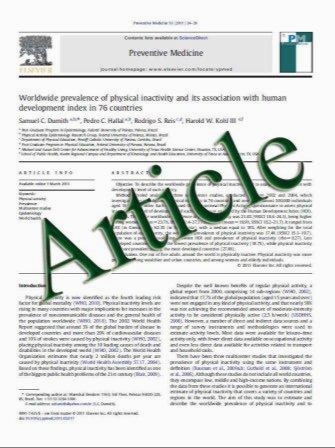The “T-construct” for spinopelvic fixation in neuromuscular spinal deformities. Preliminary results of a prospective series of 15 patients
- نوع فایل : کتاب
- زبان : انگلیسی
- مؤلف : Rédoine Zahi , Camille Thévenin-Lemoine , Amélie Rogier , Barbara Constantinou , Pierre Mary , Raphaël Vialle
- چاپ و سال / کشور: 2011
Description
15 patients treated for neuromuscular spinal deformities with an original spinopelvic construct using two sacral screws and two iliac screws. Results were compared to a prospective cohort of 62 patients treated for neuromuscular spinal deformities by spinopelvic fixation using iliosacral screws. Methods From November 2005 to June 2007, the clinical data of every patient who underwent spinopelvic fixation for treatment of a neuromuscular spinal deformity were recorded prospectively. Results Fifteen patients weighting less than 35 kg were operated on with a special segmental construct using two sacral screws and two iliac screws for pelvic anchorage. Sixty-two patients had spinopelvic fixation using iliosacral screws. Severity of the curve (Cobb angle) and reducibility were statistically equal in both groups. Operative time and blood loss were statistically identical in both groups. Curve correction was similar in both groups and postoperative pelvic obliquity ranged between 2° and 4°. No significant loss of correction was noted at the last follow-up. Fifteen patients had early postoperative infection of the posterior wound requiring re-operation. Conclusions Despite a high rate of infectious complications, optimal correction of pelvic obliquity requires extension of spinal instrumentation to the pelvis. Pelvic fixation with the “T-construct” did provide effective and improved spinal stabilization in these patients, while reducing the need for a postoperative cast or brace. As a result, patients had a favorable postoperative course with early mobilization and return to a comfortable sitting position
Childs Nerv Syst DOI 10.1007/s00381-011-1411-3 Received: 30 December 2010 / Accepted: 9 February 2011


